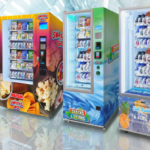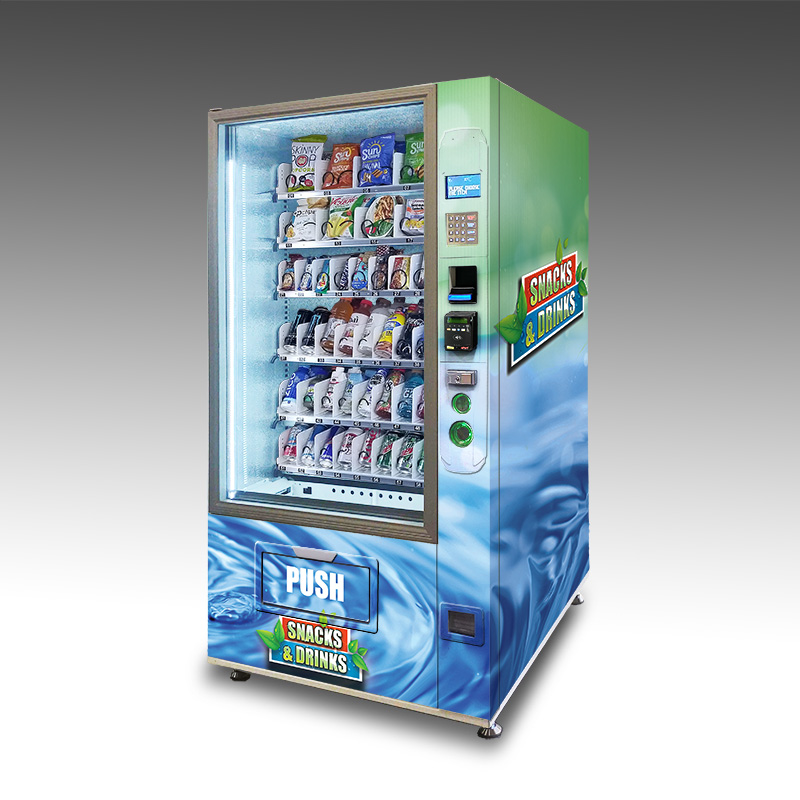Unlocking the Secrets of the Vending Business for Aspiring Entrepreneurs
The vending business has emerged as a lucrative opportunity for aspiring entrepreneurs, driven by evolving consumer preferences and technological advancements. According to a recent report by IBISWorld, the vending machine operators in the U.S. industry generated approximately $7 billion in revenue in 2022, with a projected annual growth rate of 2.5% over the next five years. This growth is fueled by increasing demand for convenient and on-the-go food and beverage options, as well as the integration of smart technology in vending machines, offering contactless payment and improved inventory management. Furthermore, the National Automatic Merchandising Association (NAMA) indicates that nearly 60% of all vending machine sales come from products that promote health and wellness, showcasing a shift towards healthier offerings. In this exciting landscape, understanding the intricacies and strategies of the vending business can empower new entrepreneurs to capitalize on this expanding market.

Understanding the Vending Machine Market Size and Growth Potential for New Entrepreneurs
 The vending machine market presents a lucrative opportunity for aspiring entrepreneurs, driven by its impressive growth trajectory. As per reports from IBISWorld, the vending machine industry has shown a steady annual growth rate of around 1.5% from 2018 to 2023, with a market size reaching approximately $25 billion in the United States alone. This growth can be attributed to increasing consumer demand for convenient and quick service options, along with the variety of products being offered—from snacks to fresh food and beverages.
The vending machine market presents a lucrative opportunity for aspiring entrepreneurs, driven by its impressive growth trajectory. As per reports from IBISWorld, the vending machine industry has shown a steady annual growth rate of around 1.5% from 2018 to 2023, with a market size reaching approximately $25 billion in the United States alone. This growth can be attributed to increasing consumer demand for convenient and quick service options, along with the variety of products being offered—from snacks to fresh food and beverages.
Additionally, the global vending machine market is projected to expand significantly, anticipated to reach $30 billion by 2026, according to a report by Research and Markets. This growth is largely fueled by advancements in technology, such as cashless payment systems and smart vending machines equipped with interactive displays. New entrepreneurs entering this space can capitalize on this trend by investing in innovative machines and targeting high-traffic locations, thereby maximizing their return on investment. The convergence of consumer convenience and technological evolution creates a robust foundation for businesses looking to thrive in the vending machine sector.
Key Factors Influencing Vending Machine Profitability in Today's Economy
The profitability of vending machines in today's economy is influenced by several key factors that aspiring entrepreneurs should carefully consider. One significant factor is location. According to a 2022 market report by IBISWorld, vending machine revenue in the U.S. has reached approximately $23 billion, with optimal placement in high-footfall areas such as schools, hospitals, and office buildings proving crucial. Locations that attract a steady stream of consumers can significantly enhance sales volume, making thorough market analysis and strategic placement vital for success.
Another important aspect is the product selection. A report from Statista highlights that snack and beverage vending machines account for over 60% of total revenue. Offering a mix of healthy options and popular snacks can cater to diverse consumer preferences, ultimately boosting sales. Additionally, incorporating cashless payment systems has become essential; a study by the National Automatic Merchandising Association found that around 75% of consumers prefer using cards or mobile payments over cash. This trend reflects the growing demand for convenience, emphasizing the need for modern vending solutions that align with consumer behaviors in today’s tech-driven market.
Key Factors Influencing Vending Machine Profitability
Essential Tips for Selecting High-Demand Locations for Vending Machines
Selecting high-demand locations is critical for the success of any vending machine business. It is essential to conduct thorough market research to identify places with heavy foot traffic, such as office buildings, shopping malls, schools, and gyms. These locations not only offer greater exposure to potential customers but also tend to have populations that are consistent and reliable.
Additionally, consider the demographic and the specific needs of the people frequenting these areas. For example, a health-focused vending machine may perform well in gyms or wellness centers, while traditional snack and drink machines may be more suitable for schools and office complexes. Understanding your target audience enables you to tailor your offerings and maximize customer satisfaction, ultimately driving more sales. By strategically placing your machines in high-demand areas, you set a strong foundation for sustainable profits in the vending machine industry.
Strategies to Optimize Inventory Management and Reduce Operational Costs
In today's competitive vending business landscape, effective inventory management is pivotal for aspiring entrepreneurs looking to optimize profitability and operational efficiency. By leveraging technologies such as AI and data analytics, entrepreneurs can not only monitor stock levels in real-time but also predict demand fluctuations based on consumer behavior. Implementing automated systems for inventory tracking reduces human error and ensures timely restocking, minimizing the risk of lost sales due to out-of-stock situations.
Moreover, reducing operational costs involves a comprehensive understanding of supply chain dynamics. Streamlining supplier relationships and negotiating better terms can significantly lower procurement costs. Additionally, leveraging advanced analytics for customer insights allows entrepreneurs to tailor their offerings more effectively, enhancing customer satisfaction while avoiding excess inventory. This strategic approach not only safeguards profit margins but also positions new businesses to adapt swiftly to market changes, ensuring sustained growth in the vending industry.
Harnessing Technology: Innovative Solutions for Modern Vending Businesses
In the rapidly evolving vending industry, technology is leading the way toward innovative solutions that not only enhance operational efficiency but also improve consumer experience. The integration of artificial intelligence (AI) and automation is reshaping traditional vending models. For instance, recent advancements show that AI-driven machines can optimize inventory management and predict consumer preferences, driving sales and minimizing waste. According to a report by Tech4Good, businesses harnessing these technologies experience a productivity boost of up to 30%, making tech adoption crucial for aspiring entrepreneurs in the vending sector.

An exciting example of modernization in vending can be observed in the deployment of Reverse Vending Machines (RVMs) in strategic locations. These machines not only facilitate recycling but also reward users, tapping into the growing consumer demand for sustainability. The installation of 25 RVMs in key areas demonstrates a commitment to innovation while addressing environmental concerns. As businesses like this leverage big data analytics and cloud computing, they transform into software-driven innovators that can adapt to the changing market dynamics. With such advancements, the vending industry is poised for a significant transformation, urging entrepreneurs to seize the moment and harness these technologies to create impactful ventures.
Related Posts
-

The Ultimate Guide to Starting Your Own Vending Machine Business Today
-
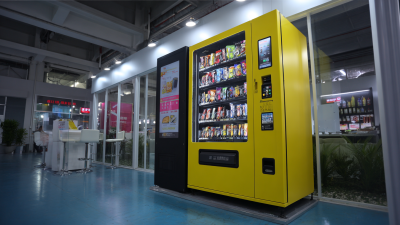
Exploring Opportunities in Owning a Vending Machine at the 138th Canton Fair 2025
-

Why Your Business Needs a Snack Machine to Boost Employee Morale
-

Exploring the Rise of Vending Machine Franchises and Their Revenue Growth in a Post Pandemic Market
-
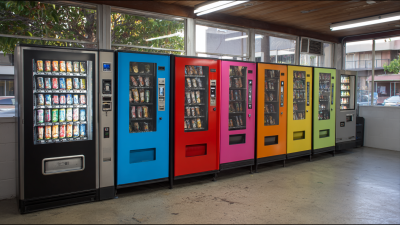
The Ultimate Guide to Choosing Refurbished Vending Machines for Your Business
-
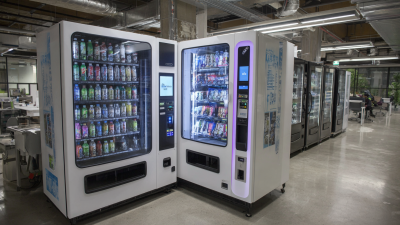
Exploring the Future of Vending Machine Franchise Opportunities in a Digital Age





